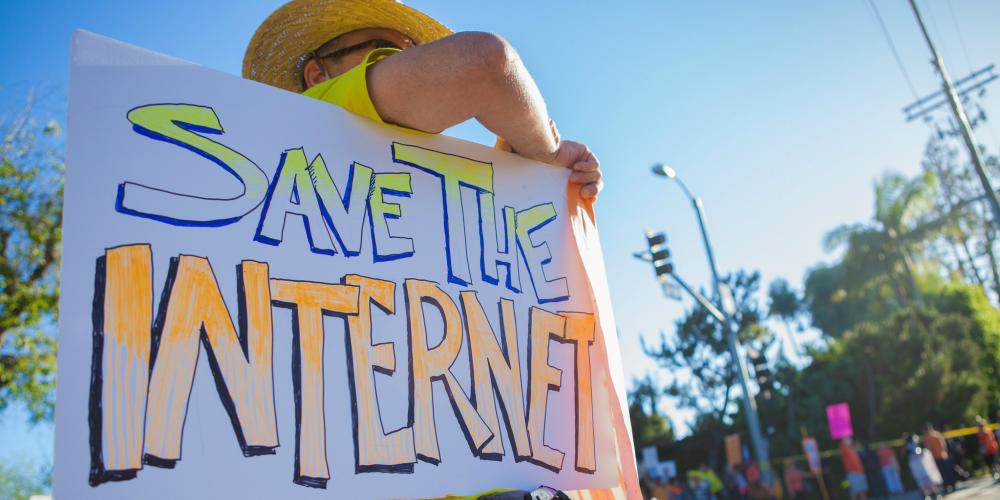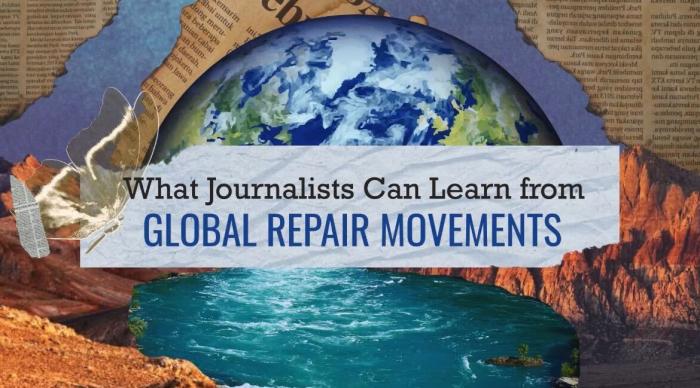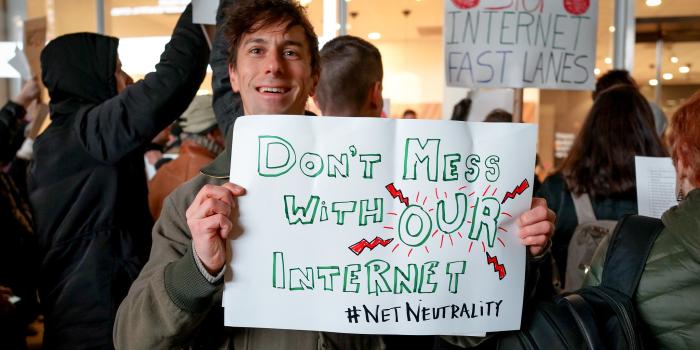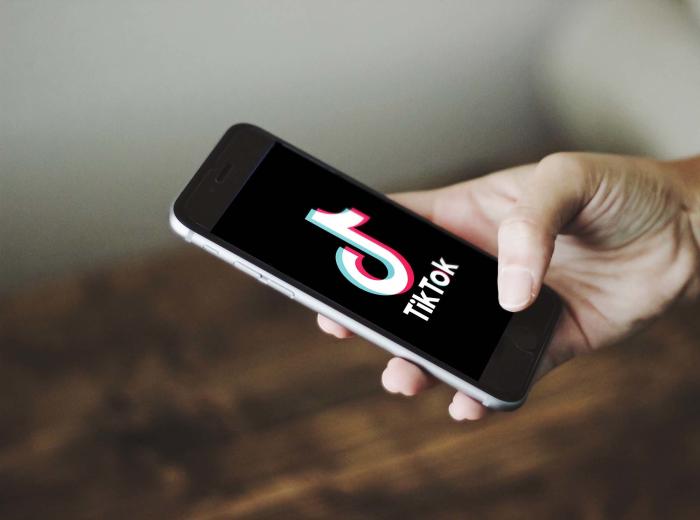Net Neutrality's Anniversary and What the FCC Must Do Now

Last Friday marked the one-year anniversary of the FCC’s historic Net Neutrality vote, built on the strongest foundation for protecting the open internet.
It was the capstone to an epic David-and-Goliath battle that pitted the muscle and power of phone and cable companies against everyday people, websites and companies that rely on the Internet’s level playing field.
Two things happened when the FCC cast its historic vote. The first was the adoption of the agency’s Net Neutrality rules.
The second was the FCC restoring its authority over broadband under Title II of the Communications Act. This reclassified broadband access providers as “common carriers” under the law, further protecting Internet users from discrimination.
Of course, the phone and cable companies wasted no time after the FCC’s vote before attacking. The companies sued the FCC right away and their allies in Congress have attacked the rules on multiple fronts ever since. As we await the outcome of the court case — a decision is expected sometime this spring — we’re facing a new set of challenges and opportunities for the future of the open internet.
This week, all five FCC commissioners were in front of the Senate Commerce Committee for an oversight hearing. The conversation itself was a mixed bag, with some time spent looking toward the future — and far too much spent rehashing false industry talking points from the past.
It wastes everyone’s time when members of Congress claim that investment went down after Title II (it didn’t) or that the Open Internet Order wasn’t passed in a lawful manner (it was).
What we need the FCC to do now is use its Title II authority to protect our privacy, stop internet service providers from abusing data caps, close the digital divide, and open up more space for diverse and independent programming on our devices.
Title II’s privacy potential
Right now our ISPs know a lot about every single thing we do, say, share, watch and search for online.
Content can be encrypted (though not everyone goes to the trouble of encrypting), but even when ISPs can’t see the content of messages, they have access to an enormous amount of metadata about who we talk to and where we go online. This enables ISPs to build detailed profiles of your personal life that they can then sell to advertisers, data brokers or other companies looking to profit off of your information.
And while you can choose to use (or not use) a particular website or application, people often have no real choice among ISPs.
But with broadband internet-access service now under Title II, the FCC can use a section of that law — Section 222 — to create stronger privacy protections for internet users. This could go a long way toward protecting our private information.
But the ISPs are eager to sell this data to the highest bidder. They’ve already urged the FCC to adopt only the bare minimum of privacy protections — and are also claiming that invading people’s privacy will save them money.
Open-internet advocates are urging the agency to adopt new rules that would prevent ISPs from selling or misusing our personal information. The FCC has suggested it will take up this issue as soon as this month, and the fight is destined to be another showdown between internet users on one side and cable and phone companies on the other.
Stopping harmful data caps and zero-rating
AT&T, Comcast, T-Mobile and Verizon are all using data caps to pump up their profits and sidestep the Net Neutrality rules. Using a combination of low data caps and arbitrary exemptions, these companies have found new ways to double-charge consumers while pushing people toward certain sites and certain kinds of content. Especially their own.
The technical justification for these caps on Comcast’s side is nonexistent.
While the company tries to liken broadband use to electricity (saying that when you use more you’re consuming more resources), that analogy is just wrong. Broadband’s fixed costs are high, and the variable costs for Comcast are really, really small. So regardless of how much data you consume on Comcast’s network, the costs to the company remain fairly static.
In the mobile space, sponsored-data programs are quickly becoming the norm. AT&T and Verizon both have programs that get companies to pay them so that use of their sites or apps won’t count against customers’ data caps.
Meanwhile, when T-Mobile’s customers are in that carrier’s Binge On program, T-Mobile degrades all video content that runs on its network — even video that isn’t exempted from the data cap. Degrading all video is a clearer violation of the Net Neutrality rules — which prohibit throttling all apps in a certain category like this — but AT&T’s and Verizon’s programs are testing the rules too by exempting their own video content.
The anti-competitive use of data caps combined with the lack of technical justification or business rationale for them begs the question: Why are data caps combined with arbitrary, self-dealing exemptions needed? (Answer: They aren’t.)
The FCC needs to take steps to ensure that these practices don’t hurt internet users or enable ISPs to get around the Net Neutrality rules.
Get everyone online
None of these things matter if people can’t get online in the first place.
A recent Pew Research Center study found that only 67 percent of adults have broadband connections at home.
That number plummets to 41 percent for families making less than $20,000 a year, and the numbers are going down for African Americans (only 54 percent have home broadband) and Latinx people (with only 50 percent home adoption).
These are big moves in exactly the wrong direction, with lots of pernicious effects. People can’t look for jobs or start their own businesses at home, and families with kids face a growing “homework gap,” as FCC Commissioner Jessica Rosenworcel likes to call it.
But the FCC is poised to actually do something about it. The Lifeline program, which was established in the 1980s to help low-income households get affordable telephone service, is about to get an overhaul and modernization to bring it into the digital age. The latest proposal would use Lifeline funds to provide broadband access to eligible families.
The FCC is expected to vote on revisions to the Lifeline program sometime very soon. Updating Lifeline is just one piece of making broadband more affordable for people in historically underserved and overcharged communities, but it would be a big step in the right direction.
Unlock the box
More and more consumers are ditching pay-TV subscriptions in favor of video options they can find on the internet — posing a threat to the streams of money cable providers like Comcast have relied on for years.
Set-top box rentals have been a big part of that revenue stream.
Ninety-nine percent of pay-TV subscribers still access their content through set-top boxes rented from their cable companies. An investigation by Democratic Sens. Ed Markey and Richard Blumenthal revealed that in 2015 the cable industry generated $20 billion in revenues from these rentals. Cable subscribers pay an average of $231 a year to lease these boxes from their cable providers.
Now the FCC is considering a proposal that would allow people to choose the devices they use to watch programming and open up the set-top box market for innovation.
While this is an exciting development for companies that sell video programming and video devices, it has even more potential to level the playing field for independent programmers, who struggle to find their audiences when shut out of traditional cable lineups. This move could dramatically increase the amount of programming made by — and for — people of color.
After a win as monumental as last year’s Net Neutrality decision it can be tempting to declare victory, pack up and walk away. But the FCC’s vote opened the door to even greater open-internet protections. Instead of wasting time attacking the Net Neutrality rules, Congress needs to get out of the way and let the FCC to do its job.
And there’s a lot of good it can do.





